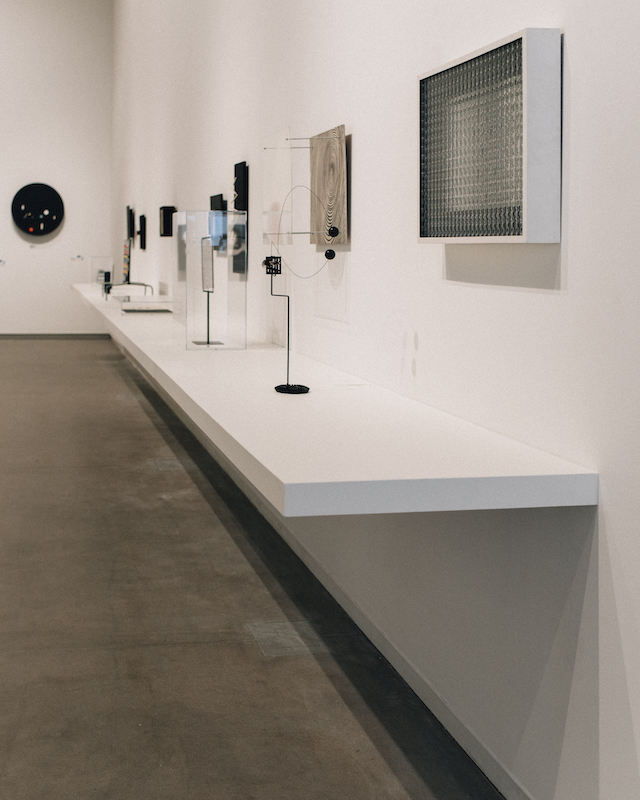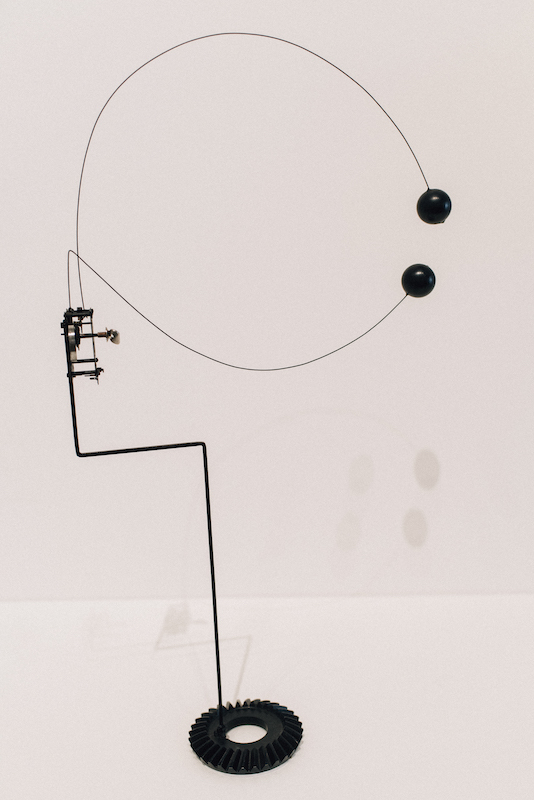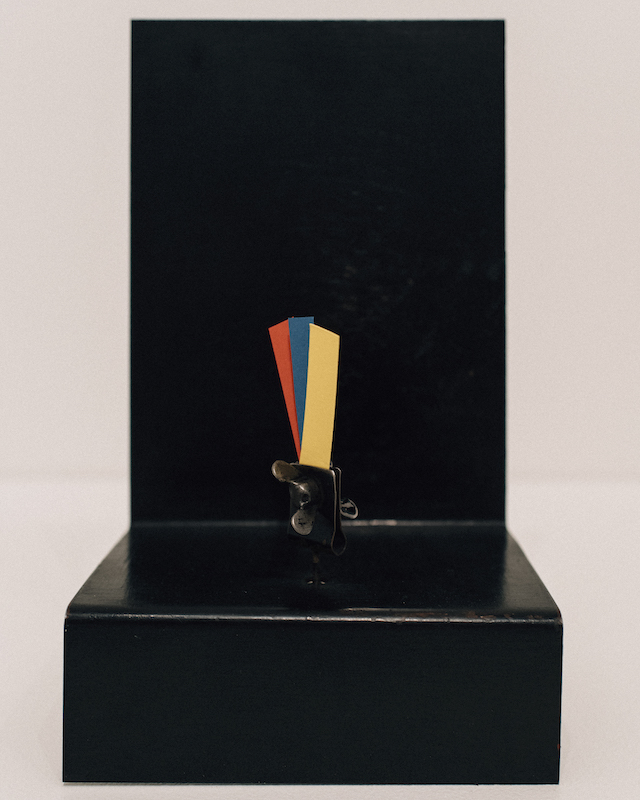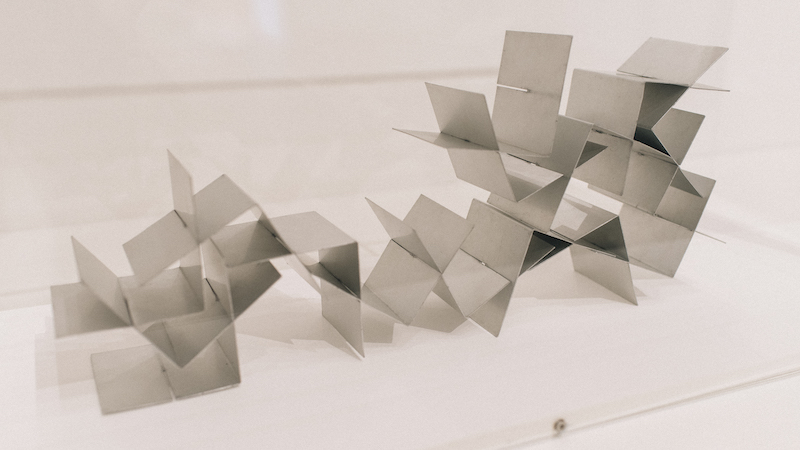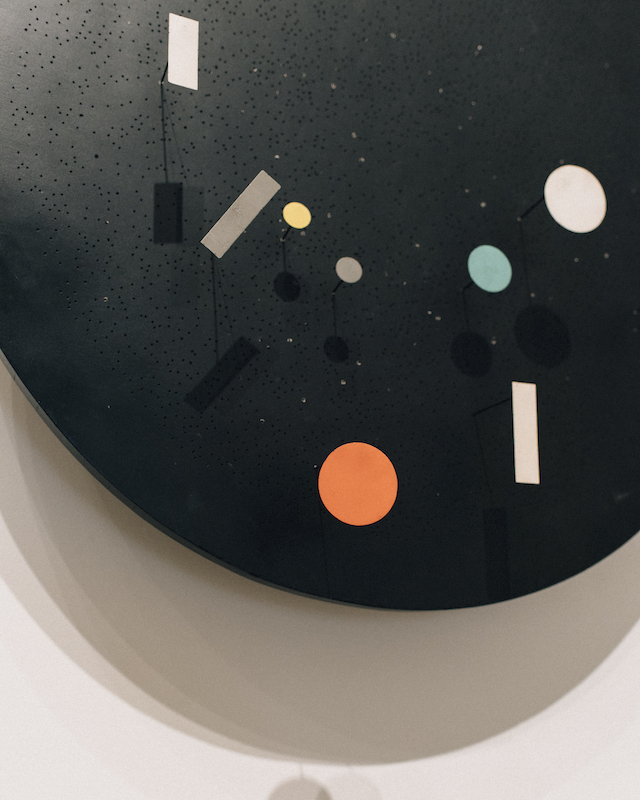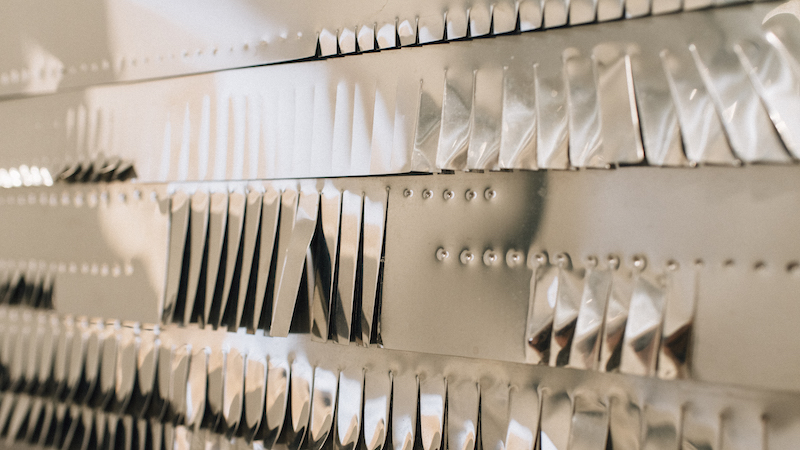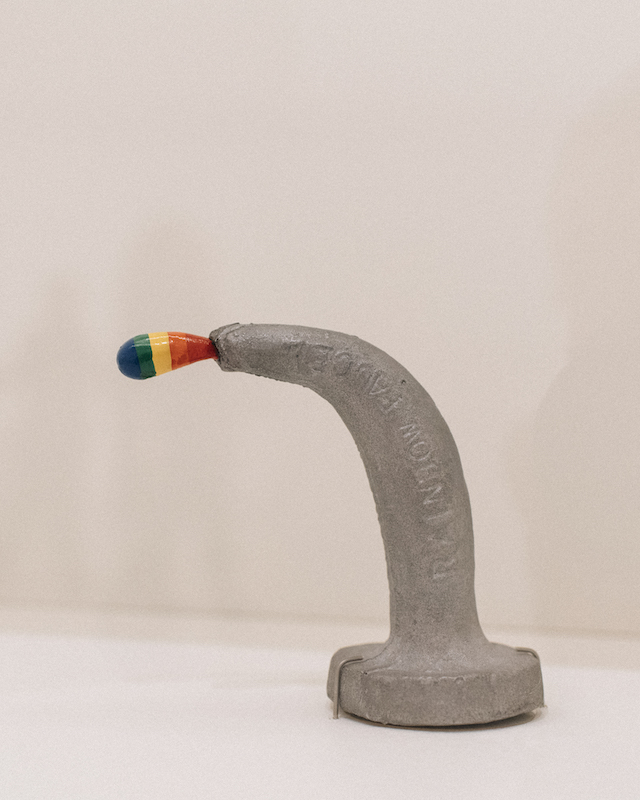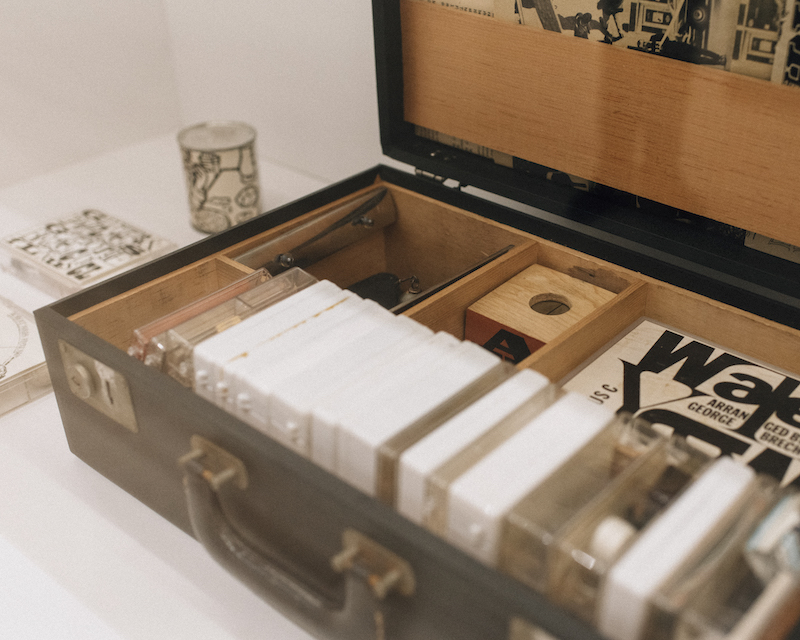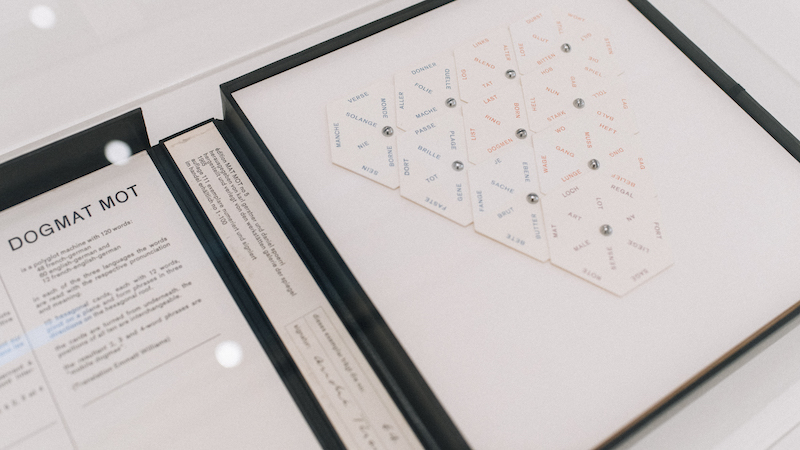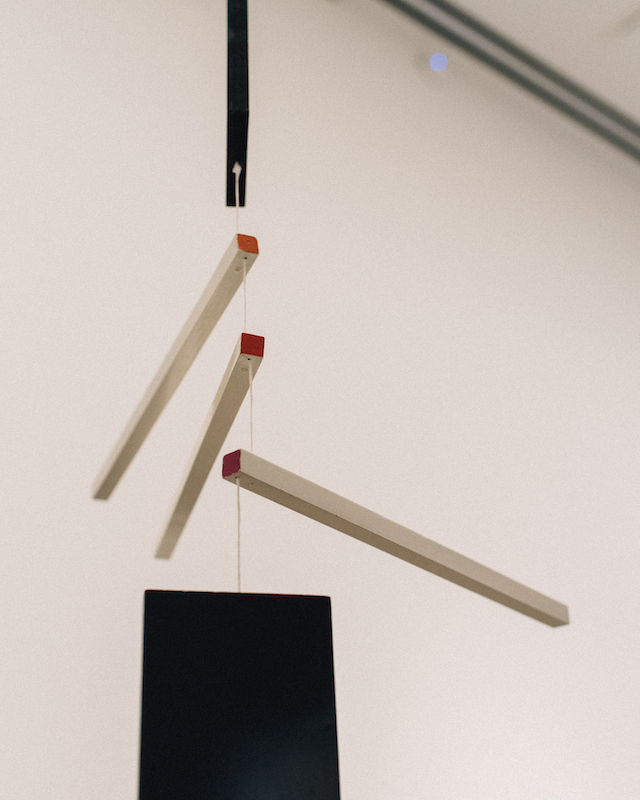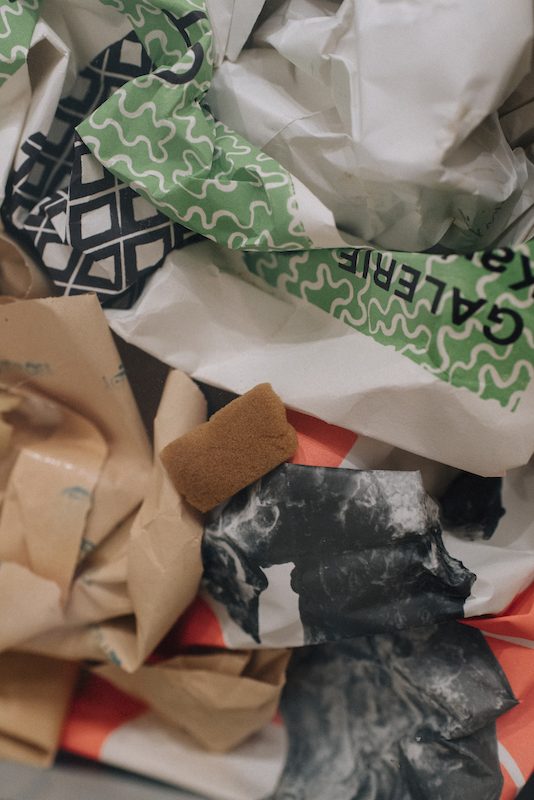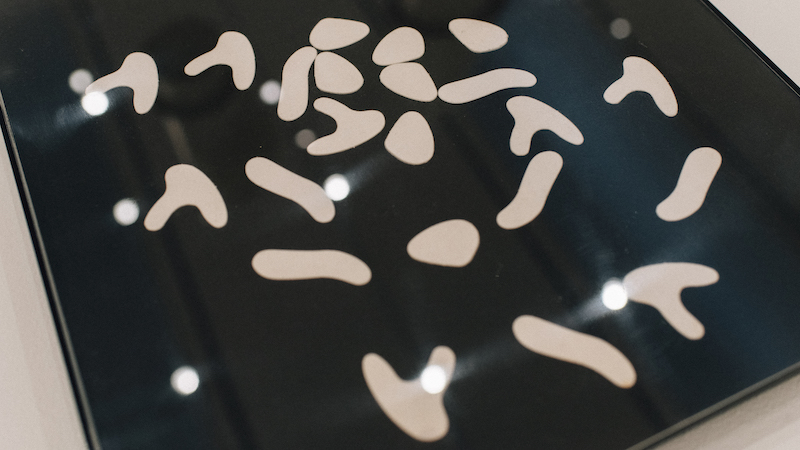On September 28th, 2019, the Mildred Lane Kemper art museum reopened with significant press coverage surrounding the museum’s newest exhibition: Bare Life, an exhibition of the work of the renowned Chinese artist Ai WeiWei. A sold out Q&A session with Ai WeiWei leading up to the opening along with various sightings of the artist on campus throughout the week added to the excitement surrounding the exhibit, which closed on January 5th. Bare Life is, by all accounts, a tough act to follow – but, with the opening of Multiplied: Edition MAT and the Transformable Work of Art, the Kemper’s newest exhibition, as well as five new galleries, the museum’s curators have managed to do just that.

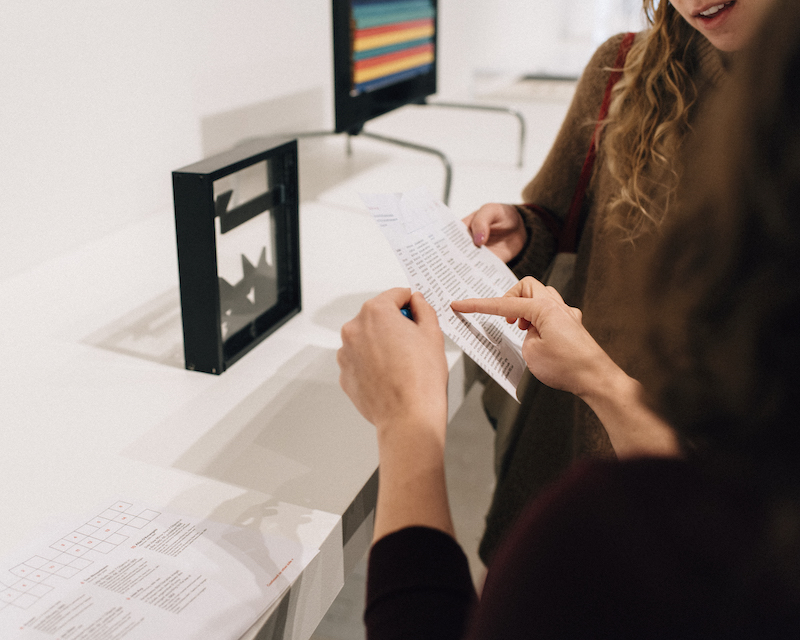
The Kemper’s five new galleries, occupying the lower floor of the museum, include a video gallery, two drawing galleries, a teaching gallery, and even a staircase gallery, which currently uses the space underneath the stairs to the lower floor to showcase some of the Ancient Greek pottery in the Kemper’s permanent collection. There is much to observe and admire in the new galleries on the lower floor, but of the current exhibitions the most eye-catching resides in the teaching gallery, a gallery where professors can curate exhibitions that pair with one of their courses.
The professor with the honor of opening this gallery is Geoff Ward, Associate Professor in the African and African American Studies department and Faculty Affiliate in the American Culture Studies and Sociology departments. His exhibition, Truths and Reckonings: The Art of Transformative Racial Justice, combines works from both the Kemper’s permanent collection and the Olin Library Special Collections to parallel historical and contemporary perspectives on systemic racism in America broadly, and St. Louis specifically. The gallery is brilliantly curated, featuring a variety of mediums. It incorporates video, photography, painting, and even newspaper clippings — all arranged to create a space that is educational, reflective, and aesthetically appealing. Hopefully, the teaching gallery continues to feature such exhibitions, adding depth to Washington University students’ studies as well as creating unique experiences for Kemper patrons.
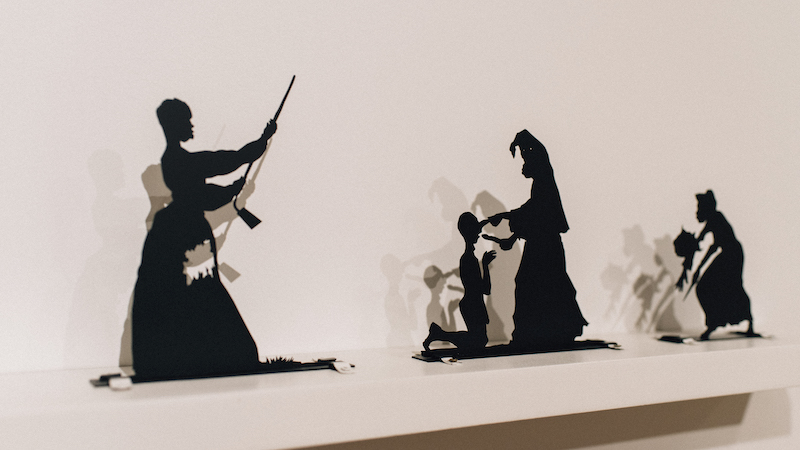

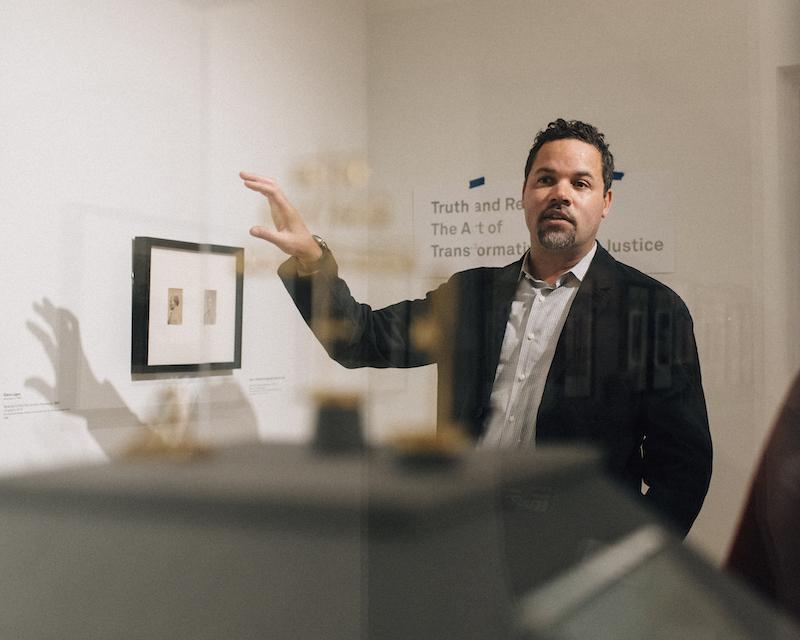
Professor Ward, guest curator of Truths and Reckonings. 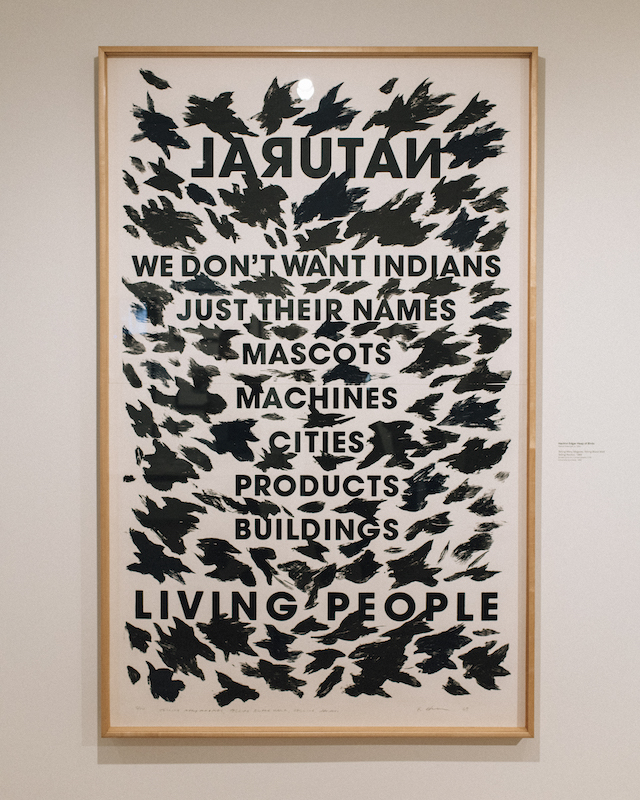
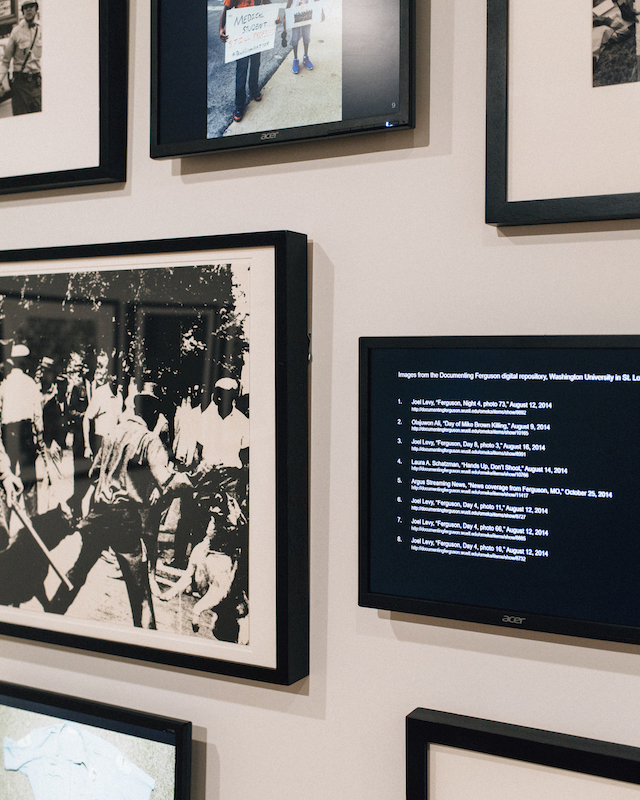
Of course, the main question following the opening of the Kemper’s new exhibition centers not on any of the five new galleries but rather on the galleries that up until recently housed Bare Life. What could the Kemper conjure up to replace the work of Ai WeiWei? Kemper associate curator Meredith Malone found the answer in Multiplied, a collection of works produced from 1959 to 1965. The exhibition features art from some big names, Marcel Duchamp, Man Ray, and Roy Lichtenstein among them, and from artists whose names may be less recognizable but whose contributions to Edition MAT are significant nonetheless.
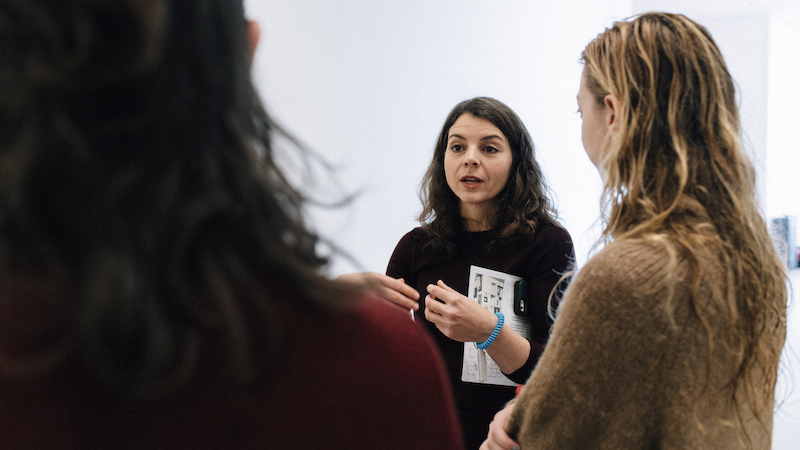
Kemper curator Meredith Malone revived Multiplied, an exhibition originally curated by Daniel Spoerri. 
Edition MAT, originally curated in the late 1950s by the Swiss-Romanian artist Daniel Spoerri, was an exhibition of art that was transformable, multipliable, and accessible to a broader public – MAT stands for “multiplication d’art transformable.” One room in the exhibition displays catalogs from Edition MAT exhibitions during the actual time period; these catalogs contained forms alongside each artwork that could be filled out and sent, along with a usually quite reasonable sum of money, to an artist who had created their artwork to be mass produced and sold in this format. In the Kemper, one catalog is open to an example of one such artwork, visible just steps away along the wall of the gallery: Jean Tinguely’s Constante indéterminée (Indeterminate constant), a piece that has multiple iterations throughout the two galleries. The artwork itself appears simple: a clamp, attached to a motor, sits in front of a black background. In the Kemper, the clamp holds pieces of brightly colored paper — someone purchasing the piece from an original Edition MAT exhibition could place anything inside it. When activated, the motor vibrates, transforming whatever the clamp holds into a multicolored blur, barely distinguishable as a physical object. This motor can be activated at any time by the owners of the artwork – at the Kemper, they are set to run for 10 seconds every 15 minutes.
Constante indéterminée is just one example of transformable art. Earlier in the movement, the transformations offered by the art pieces were infinitely repeatable: in Tinguely’s piece, anything could be placed into the clamp. German artist Dieter Roth has multiple pieces in the exhibition with the potential for infinite transformation. His three pieces Book AA, Book BB, and Book CC are unbound books of square, multicolored laser cut cardstock pieces that can be layered or spread out to create new shapes and patterns. Another piece of Roth’s, Gummibandbild (Rubber band picture), is a plywood board with a grid of nails and white rubber bands. Originally, viewers could create and change shapes by stretching the rubber bands over the nails.
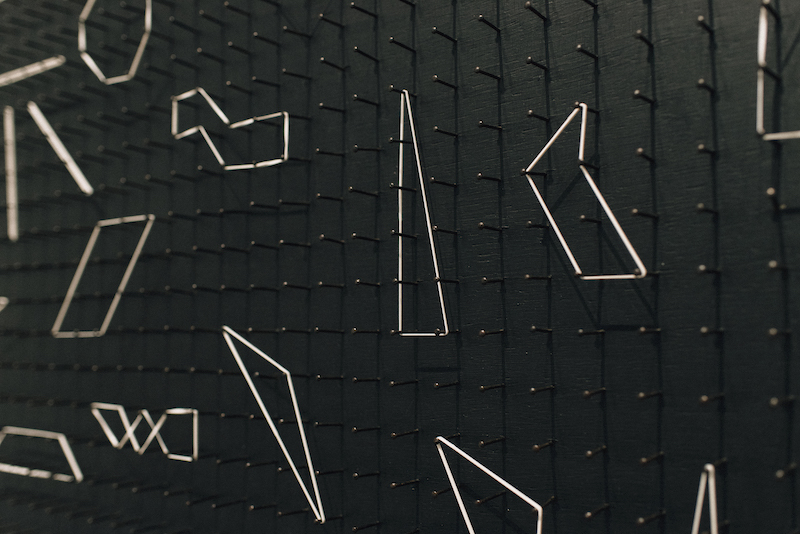
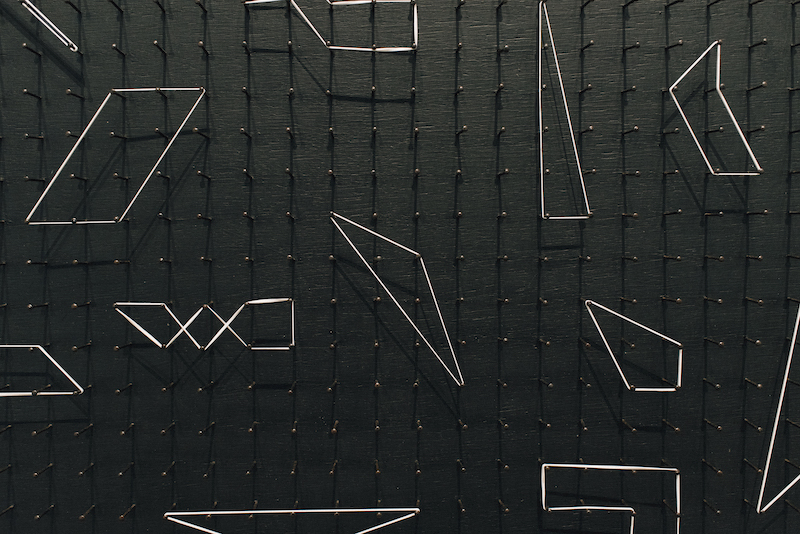
Over the years, the movement towards transformable art became more concerned with the mass production and exhibition of pieces that could only be transformed once. French-American feminist artist Niki de Saint Phalle’s Shoot-it-yourself pictures, for example, are blank, plaster-filled frames with bags full of paint enclosed just under the plaster’s surface. The conceit of de Saint Phalle’s pictures was that, upon purchasing one of these paintings, the new owner would then shoot a rifle at the paint bags until they were satisfied, allowing them to create a painting that was all their own. de Saint Phalle’s art was always closely rooted in social commentary and her own life experiences; of this collection, she remarked, “I was shooting at myself, society with its injustices. I was shooting at my own violence and the violence of the times. By shooting at my own violence, I no longer had to carry it inside me.”
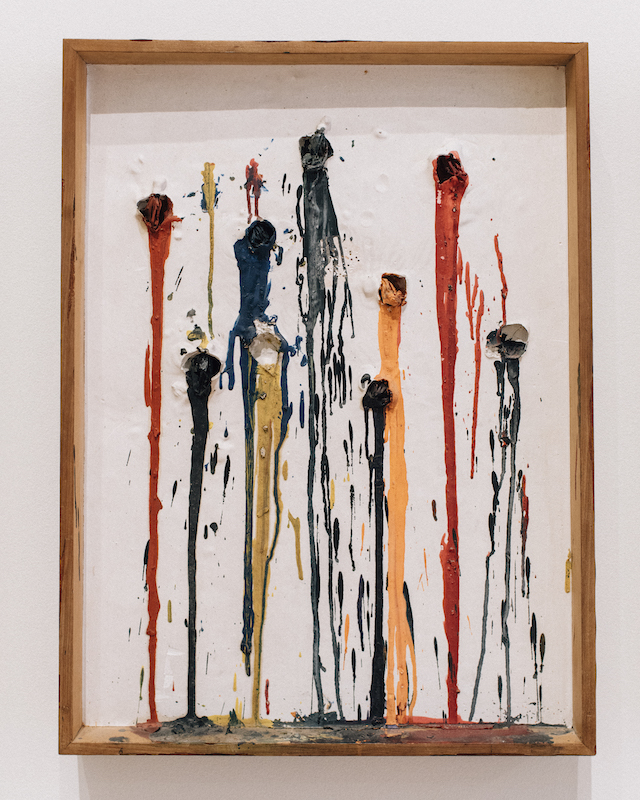
The gallery also features pieces from Edition MAT MOT, transformable art kits that were sold as a part of Edition MAT exhibitions in the early 1960s. Dieter Roth’s kit, Stempelkasten (Rubber stamp box), included rubber stamps and ink that could be used to create pictures. American artist George Brecht’s box, The Universal Machine, contained various collections of assorted objects that could be shaken up inside the box. Once shaken, the objects would fall on a patterned lithograph, and ideally the shapes and relationships between the fallen objects and the patterned lithograph would inspire viewers to create a poem.

In Multiplied, Malone has curated an exhibition that is as effective as a historical perspective as it is as a stunning visual display. Multiplied is also the first Edition MAT collection to be displayed in the United States. The exhibition will be open from February 7th to April 19th, 2020, and, along with the five new galleries opening, proves to be yet another exciting installment in what has been, and will certainly continue to be, a time of growth and great works for the Mildred Lane Kemper Art Museum.
Photographs Noah Treviño
Words Hannah Dains
Edits Morgan Dunstan
Armour is endlessly grateful to our friends at the Mildred Kemper Lane art museum, especially Liam Otten and Meredith Malone, without whom this article—and the new Kemper—would not exist.
Armour Season 24—S/S 2020

